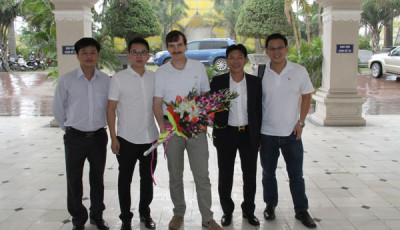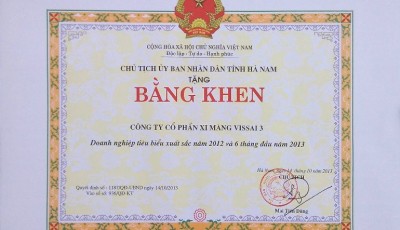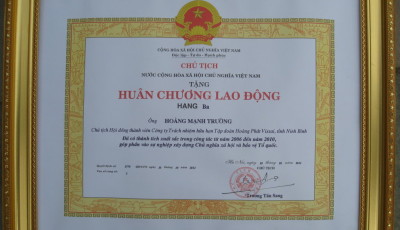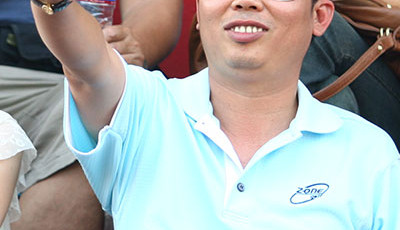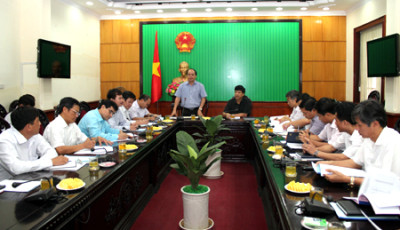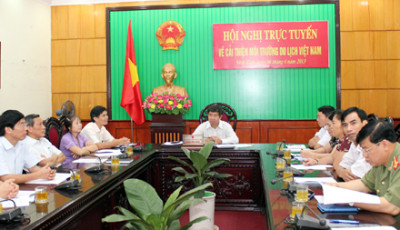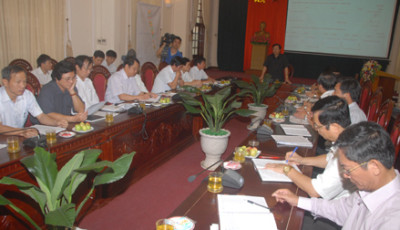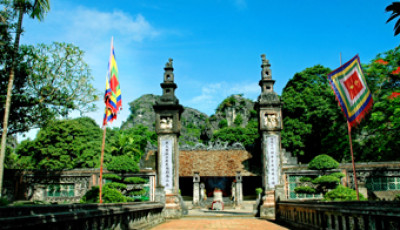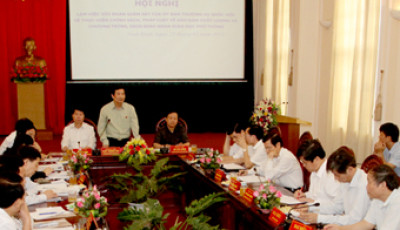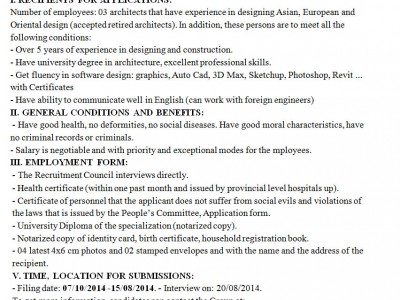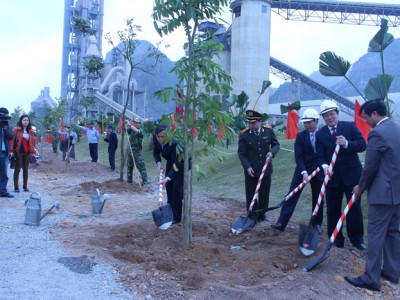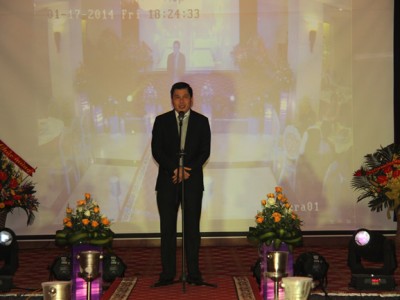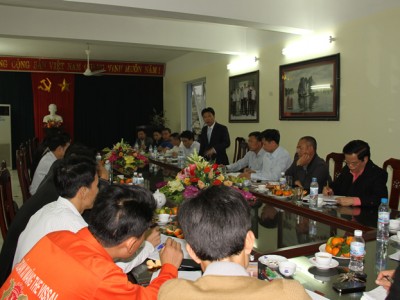Process on 3D transition of Công viên kỷ Jura (Jurassic Park)
Steven Spielberg and nearly 700 artists took 9 months to recreate the story of dinosaurs in vogue 20 years ago to three -dimensional space.
When Steven Spielberg first filmed Jurassic Park in 1992, his artists and film crew were very lucky to be equipped a 3D technical backdrop that Stan Winston used to erect dinosaurs creating inspiration for artists. Along with breakthrough CG techniques and dramatic moments, the film creates the most natural multi-sensory experience as transition.
Whether the action scenes such as the fight with Tyrannosaurus T-rex or the thoughtful and quiet scene of Prof. Sattler and John Hammonds talking while eating ice-cream, Spielberg created the multi-dimensional sense in terms of images with certain width and depth. As processed, the initial selections of director had significant effects for Stereo D firm as modulating the film to 3D stereoscopic images.
 |
|
Jurassic Park associates with the childhood of a lot of audience 8x. Image: Universal. |
To modulate this imposing adventure and action movie, 700 artists had to independently work on every small details of the picture frames, increasing the deep effects for each scene and re-sizing 3D format to fully cover the screen.
In the transition, Spielberg took the carefulness not to deeply intervene into scenes or further create new sound effects to the original. Instead, target was to increase the quality of laser-focused format. Though Spielberg added rain to the pre-scene when the audiences first saw T-rex or dropping debris directed to the viewers’ eyes as hitting the tree, his target was to direct the audiences to things in the front and behind of the camera.
 |
| Image of Tyrannosaurus T-rex starts the audiences as seeing the 3D format. Image: Universal. sudden |
It took 9 months to completely modulate Jurassic Park to 3D. Stereo D mostly torn off every film sequence, adjusting and re-coordinating music, color, light of each picture frame to obtain the satisfactory deep. To get the highest quality of 3D version, they used the modern software called VDX to support such other detailed effects as smoke, rain, flash etc. which became more soulful. Furthermore, there were also hundreds of other effects brought by this software helping the film crew to improve every picture frame.
After finishing the modulation, the whole team drew a very thin and precise cover on the entire film so that all picture frames gained the absolutely quality visually.
 |
|
Steven Spielberg and team of 700 people took 9 months for changing Jurassic Park from 2D to 3D. Image: Universal. |
Universal’s representative said: “Along with the changes in technology, expressions of the story of film producers change accordingly, 3D technology brings the audience the view and feeling of Jurassic Park in the way that Steven Spielberg experienced in his unconscious as filming. Such expression not only allows the audiences who used to follow the film in 1993 to experience a nostalgic trip but also give new audiences the chance to enjoy a fascinating trip through the wide screen.
3D version of Jurassic Park was released in Vietnam from 07th June.
Nguyen Minh





